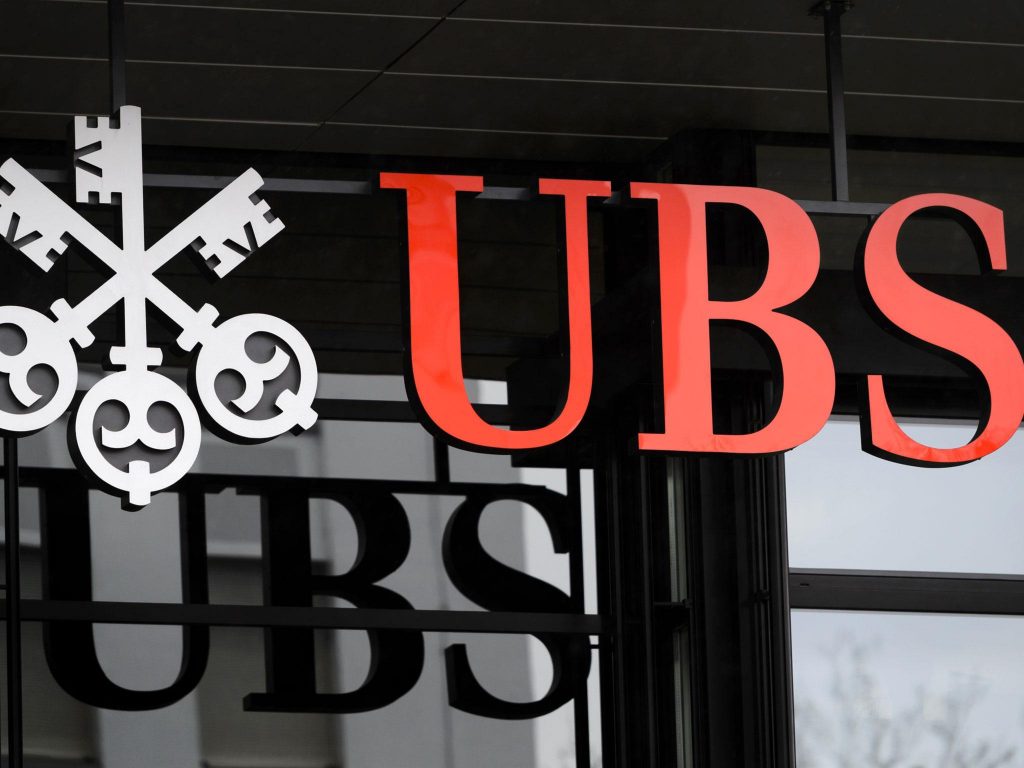Employees can use these thin desks to log onto their virtual desktops on computers at any desk in the building or at home.
Imagine a workspace where you walk in daily without having to carry your laptop bag and where you don’t have to work from the same old desk every day. A workspace that lets you tune into work from anywhere in the office — sounds both interesting and cost effective.
A desk has been like a home away from home for many in the working world, with family photos, trinkets from a vacation, an extra pair of shoes or spare chopsticks routinely left lying around in their personal space. However, that comes at a huge price for most companies. Particularly in cities like London or New York, where the cost of real estate is at a premium, and at a time when workers are more mobile than ever.
Overcoming this challenge, in its newly-opened building in central London, the Swiss banking giant UBS is looking to change the way employees view their relationship with their work spaces. Many of its employees at 5 Broadgate, in the City of London, will no longer be tied to the same desk every day with a telephone and desktop computer. Instead, the company has deployed so-called thin desks throughout the building.
Phone handsets have been replaced by personal headsets, and employees can log onto their virtual desktops on computers at any desk in the building or at home. There are no laptops to tow around. In fact, their phone numbers also follow them from desk to desk or to their mobile devices.
Employees are assignment a little filing space and a locker where they can keep any personal items they might use during the day. The company has made provisions for larger caches of documents — held on paper for the longer term— to be retrieved from an off-site location within two hours, whenever required.
Although the elimination of fixed desks is not a new concept, it is still a rarity in investment banking. Citigroup is one of the few companies that has a similar setup, at its new headquarters in downtown Manhattan.
Even for UBS, the practice has not yet infiltrated all aspects of its business. The trading floors at UBS in London still have a more traditional setup, with groups of employees heading to the same set of desks each day to view three to six screens of trading data. But UBS may change that as well in the future. Ashley Davis, managing director for the UBS corporate centre in London shared that UBS is targeting the trading desk as its next port of call to achieve user mobility.
By having a more mobile setup for its employees, UBS believes it is able to use its real estate more efficiently. The company is using a ratio of one available desk for every 1.2 employees working in the latest London office.
More than 6,000 people will ultimately work there, of which about 89 per cent have moved in so far.
There are common areas, where employees can gather for meetings or work in case of a full desk capacity situation. Most days, however, someone is either travelling or on vacation. UBS executives insist the shift is not all about costs. The company apparently spent two years preparing workers in London for the new mobile desk concept and addressing their concerns.
Inside the new building, UBS has significantly reduced the number of individual offices, by about 40 per cent. Nobody sits against the windows now, allowing light throughout the building. UBS first started a pilot project for mobile desks in Switzerland, in 2010 — about the same time it was preparing for the construction of its London building.
It now has 25,000 to 30,000 employees using mobile desktops in Switzerland and is rolling out the concept to its operations in Nashville and India. By the end of 2017, the company expects to have about 72,000 thin desks globally.



